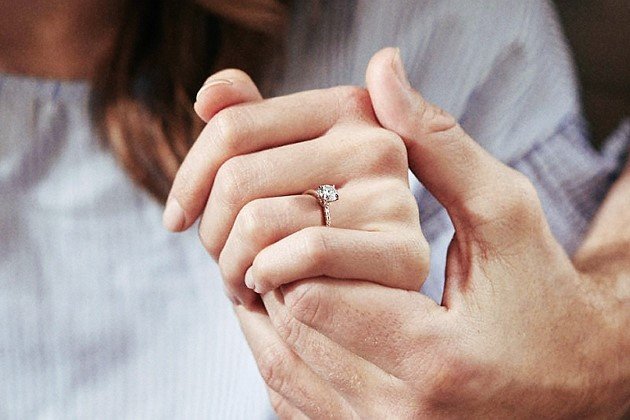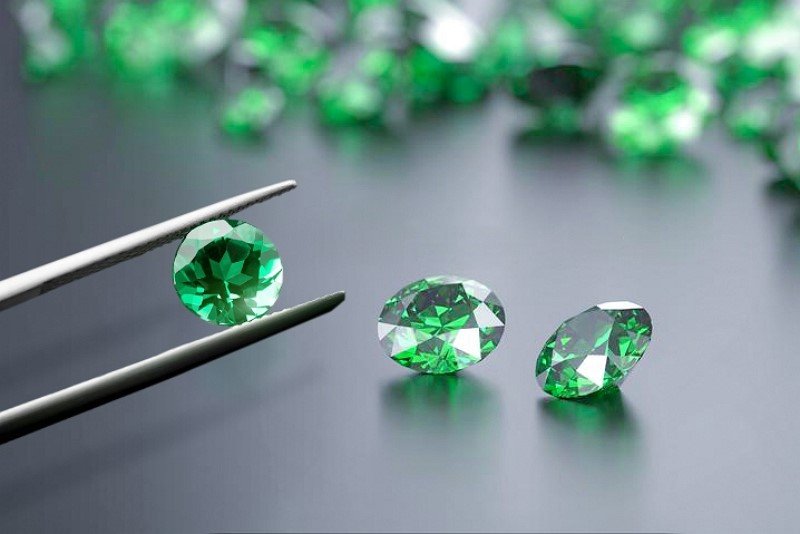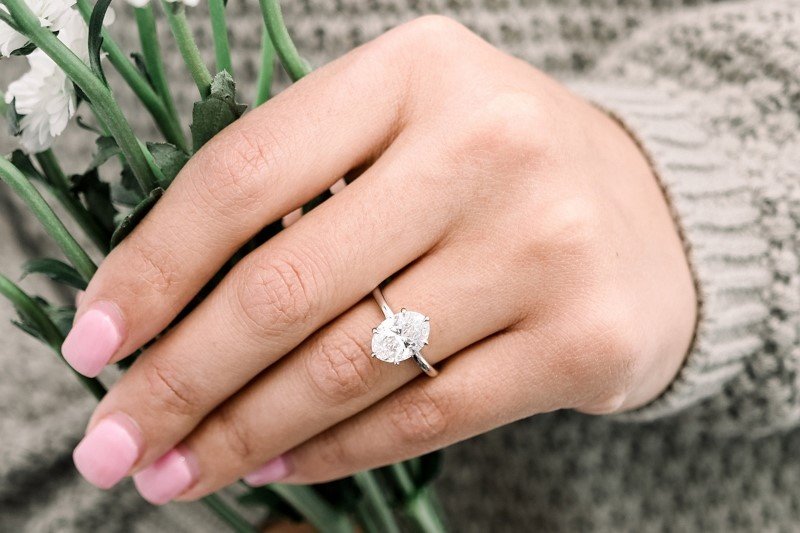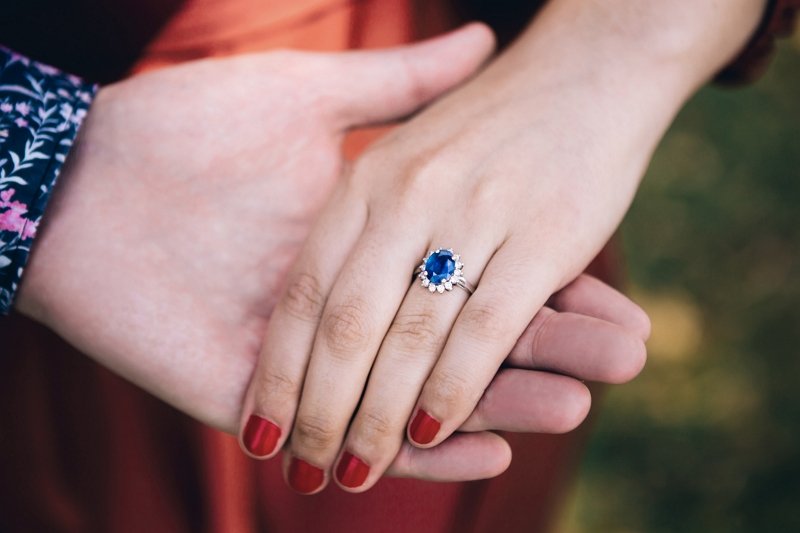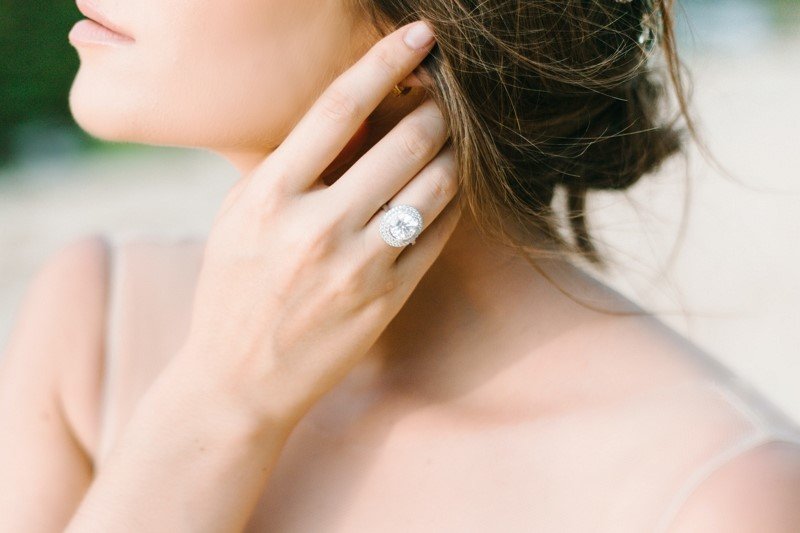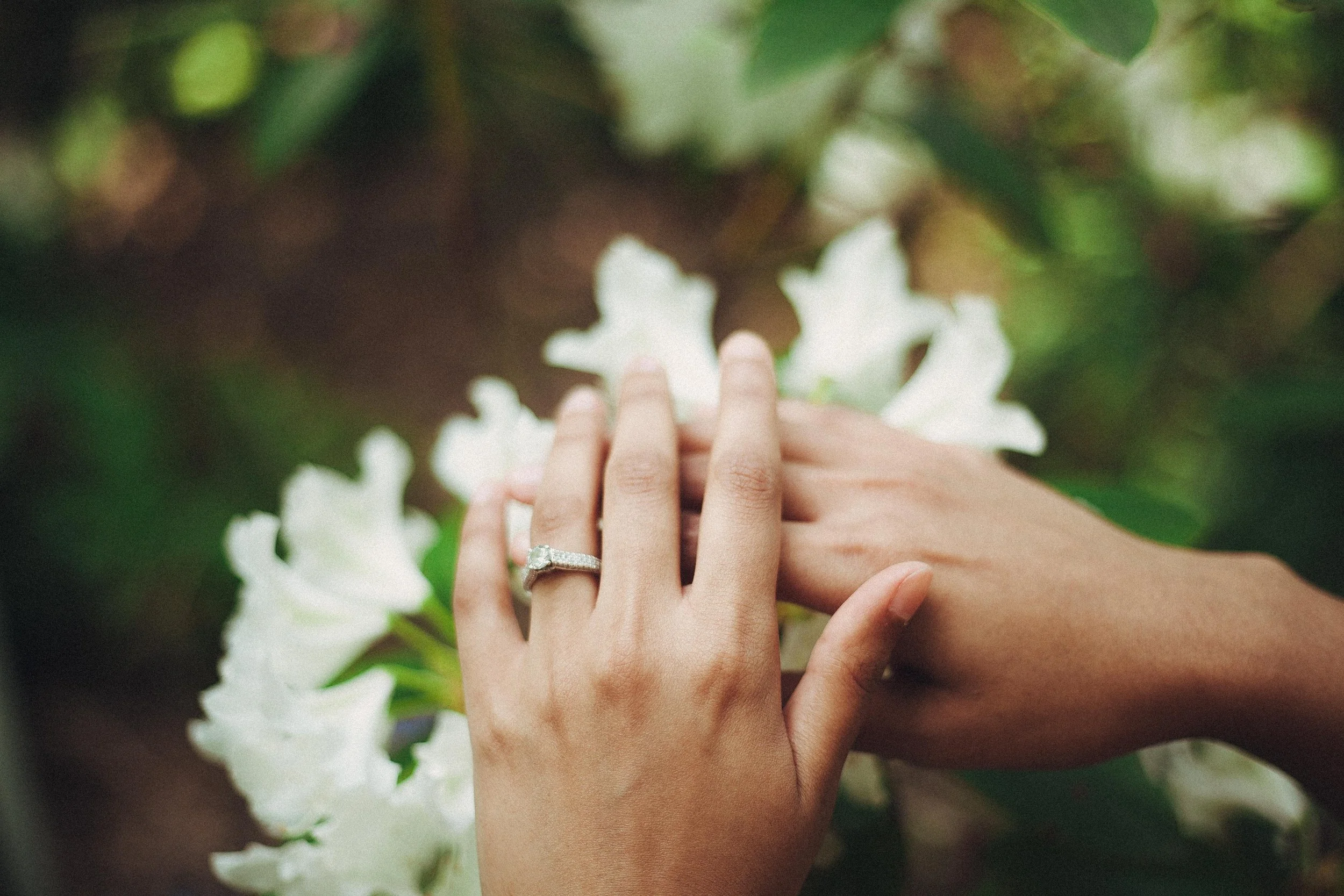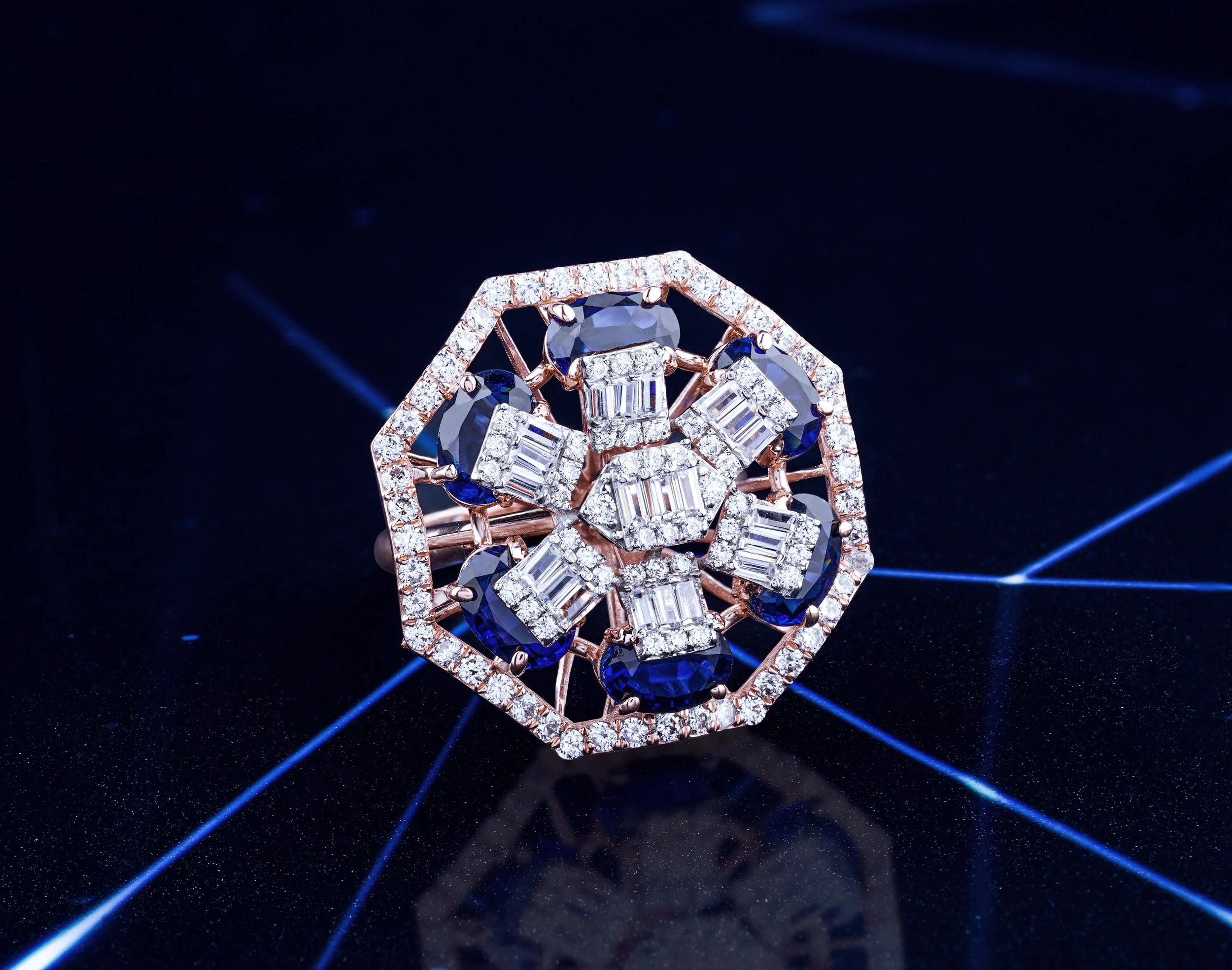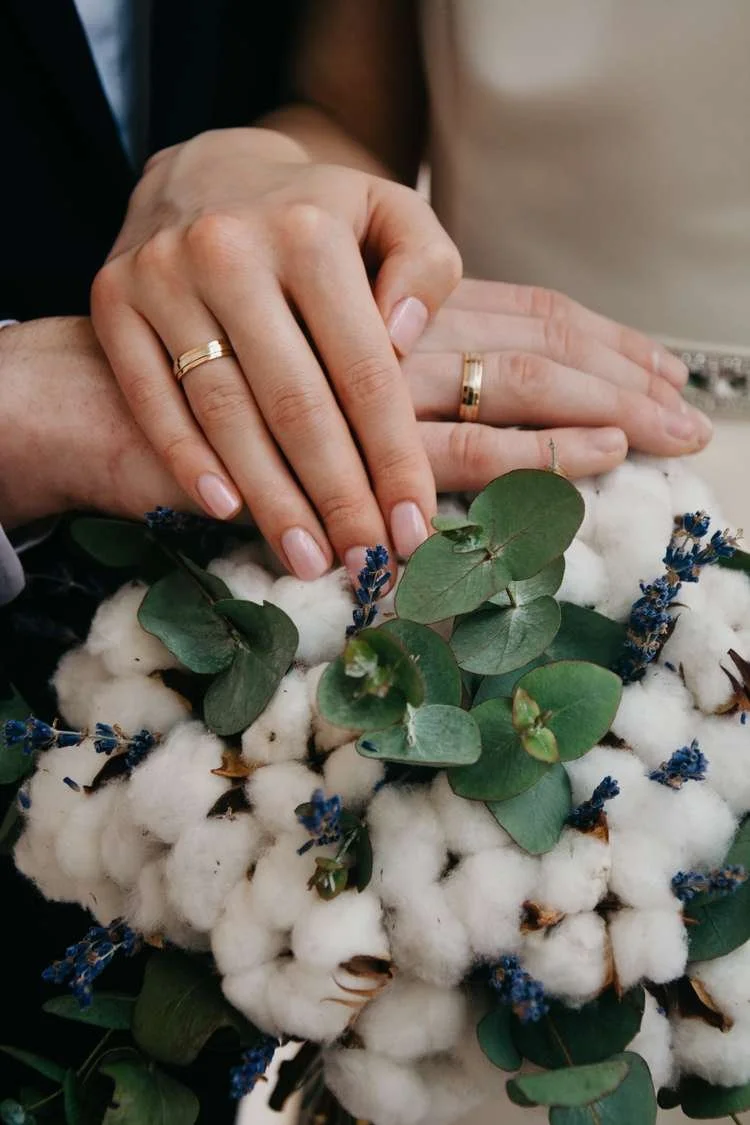The Price and Value of Lab-Grown Diamonds
Lab-grown diamonds (sometimes called lab-created diamonds, synthetic diamonds, man-made diamonds, or cultivated diamonds) are diamonds manufactured in a controlled laboratory environment.
The lab-grown diamonds show the same chemical, physical and optical properties as natural diamonds produced by the geological process of Mother Nature. However, in contrast, the prices of lab-grown diamonds are generally lower than those of natural diamonds.
Features that Affect Price and Value of a Lab-grown Diamond
The main factors affecting prices for natural diamonds are carat weight, color, clarity, and cut. It is the same for man-made diamonds. The bigger and clearer the diamond, the better it is!
Other factors that may affect the price of lab diamonds include fluorescence, polishing, symmetry, and whether the diamond has been treated.
The Clarity of a Lab-created Diamond
The clarity of a cultivated diamond simply refers to how clear the diamond is. Same as mind diamonds, the clarity grade for diamonds grown in laboratories also ranges from Included (I1-I3) to Flawless (FL). The fewer imperfections in the diamond, the higher is the clarity grade, and the higher is the price of the diamond.
If the diamond's clarity looks good to the naked eye, and you don't see any milkiness, cloudiness, or spots, then it may have a good clarity grade. The clarity grade is important because it affects the brightness and glossiness of the diamond.
If you can see the blemish, its clarity grade and the diamond price will accordingly decrease. Higher clarity grades (such as VS2 clarity) will affect diamond prices, as clearer, brighter diamonds are generally more sought after.
The Cut of a Lab-grown Diamond
The shape of the diamond is called "cut". For lab-created diamonds, different types of cuts can have different pricing. The round diamond cut is the most popular and also the most valuable.
Cuts mainly affect diamond prices through various fashion trends, and more popular cuts drive higher diamond prices. Another way that cut affects the price of a diamond is through cut grade. The better the cut level (how close to perfect the cut is), the higher the price. The cut grade is usually excellent, very good, and good, with excellent being the best.
The color of diamonds grown in the lab
For lab-grown white diamonds, color grading has become a science. The color grade scale ranges from D to Z. This means that every small change in color affects the diamond price. The highest color grade is D, which is perfect "white" or colorless. Better color grades drive higher diamond prices.
Diamonds can also have fancy colors like red, blue, pink, yellow, and black. As for natural mined diamonds, some of these colored diamonds are even more expensive than white diamonds due to their rarity. When it comes to lab-grown diamonds, the price mainly depends on the difficulty of creating the color during the growing process of the diamond.
The fashion trend can also affect the value of fancy-colored man-made diamonds. For example, when wearing a pink diamond engagement ring becomes trending, pink lab-grown diamonds may become more expensive than diamonds in other colors.
The Carat Weight of a Cultivated Diamond
Carat weight is a measure of the size of a diamond. Carat weight is often simply referred to as carat size, or even diamond weight, and is abbreviated as "cw" or "dw". One carat is equal to 200 milligrams. Generally, the heavier the carat weight, the more expensive the diamond is.
It is also essential to keep in mind that "magic sizes" exist. A magic size is the carat weight which marks the sharp increase in diamond prices. For example, a 1.00-carat diamond is 10-20% more expensive than a 0.90-carat diamond, despite the slight increase in carat weight.
Lab-generated diamonds can be made in all carat sizes, which is not so easy to find for natural diamonds when big carat mined diamonds are extremely rare. People will also find lab-made diamonds much more cost-efficient compared to natural diamonds at the same carat weight.
Retail Price of Lab-Grown Diamonds
The price you pay for lab-grown diamonds will certainly differ depending on where you bought them and whether you ordered a mass-produced or customized one. There may also be differences in prices between products purchased in physical stores and online stores.
However, on average, the price of a 1-carat lab-grown diamond is approximately US $800 to US $1,000 per carat. Remember, this is only the average price of loose diamonds. Your choice of cut/style, metal, or setting will affect the final price you pay for lab-grown diamonds.
| Cut | Color | Clarity | Average Carat Weight | Average Price |
|---|---|---|---|---|
| Round | F | VS2 | 1.2 | $3,028.50 |
| Oval | F | VS2 | 1.5 | $3,778.00 |
| Emerald | F | VS2 | 1.7 | $5,167.10 |
| Pear | F | VS2 | 1.18 | $2,621.80 |
| Radiant | F | VS2 | 1.15 | $2,504.00 |
(Average lab-created diamond costs (Based on the most popular shapes, color, and clarity)
As you jump to higher weight categories, the price of diamonds per carat will increase. In short, the higher the carat weight of a diamond, the higher the value per carat is required to purchase the diamond.
Lab-Grown Diamond Price Calculator
If you are buying lab-grown diamonds in the market, the diamond price calculator is a good starting point when researching how much to spend on your gems. Most online stores have these built into their websites, based on 4 C (carat, clarity, cut, and color) and the Diamond Retail Benchmark (DRB). These prices are updated daily.
At Sunny Eden™, you can also check the price for a customized cultivated diamond made from hair with the diamond price calculator. Based on the carat weight, cut or shape and the color you choose, the calculator will directly give you the final diamond price.
Lab-Grown Diamond Prices Vs. Natural Diamond Prices
All wholesale and retail pricing lab-grown and mined diamonds are set according to an internationally recognized pricing system (known as the Rapaport pricing method). Wholesale, retail and resale prices are determined based on the discount percentage of Rapaport prices, regardless of the source of the diamond.
Has the Price of Lab-Grown Diamonds Dropped?
The cost of man-made diamonds is constantly changing. Just 3-4 years ago, the average price for lab-grown diamonds was 23-25% higher than that of natural diamonds. Today, lab-grown diamonds are much cheaper than natural diamonds: 50-60% less expensive, and in some cases even lower. To illustrate the price difference between natural and lab-grown diamonds today, consider these two diamonds: a natural 1.01 carat G VS1 round diamond, priced at US$6,440, and a 1.00 carat G VS1 round lab-grown diamond worth $1,920. Although the grades are almost the same, the lab-made diamond is only 30% of the price of a natural diamond.
The difference is due to the source of the diamond. The supply of natural diamonds is limited because nature takes billions of years to make diamonds. However, there is no upper limit on the production of laboratory-grown diamonds. As the supply increases, the price will get lower and lower.
The resale value of lab-grown diamonds
Before we discuss the resale value of lab-created diamonds, we must discuss the resale value of natural diamonds. Besides "investment grade" natural diamonds, it is almost impossible to make a profit from selling natural diamonds purchased in the past ten years, considering inflation.
This is because the retailer who buys your diamond (natural or lab-grown) must be able to resell it for profit. Diamond retailers can usually negotiate attractive pricing and payment terms with wholesalers, which means that second-hand (pre-owned) diamonds are generally more cost-efficient for the public than traditional wholesale prices.
Are Lab-Grown Diamonds Worth Any Money?
Buying a diamond engagement ring or piece of fine jewelry, whether lab-grown or natural, should be considered as a discretionary, luxury purchase and not an investment. Diamonds are historically not a good place to "park" your money. You should treat your lab-grown diamond as what it is: a beautiful piece of wearable art and representation of your love that will last forever.
However, just because your local jeweler is not collecting lab-grown diamonds from the public today does not mean that they will not buy man-made diamonds in the future. The lab-grown diamond market is also extremely supply-constrained. It is a myth that lab-grown diamonds are readily available and are "flooding" the market.
Instead, lab-grown diamonds only make up a small portion of the overall diamond market and are available in limited quantities in larger sizes and fancy shapes. If you have a large, high-quality lab-grown diamond, for example, that you no longer want or need, you will definitely find someone willing to buy it!
Suppose you want to buy a diamond or a diamond engagement ring in the market. In that case, you can technically save a lot of money by using lab-grown diamonds instead of natural diamonds. But it would be best to accept the fact that you can only get a fraction of the price back if you resell it in the near future.
In addition to the sheer price, you may be interested in lab-made diamonds for other reasons. For example, if you are looking for an ethical and environmentally friendly alternative to the stones produced in nature, diamonds created in the lab will be your best choice.









